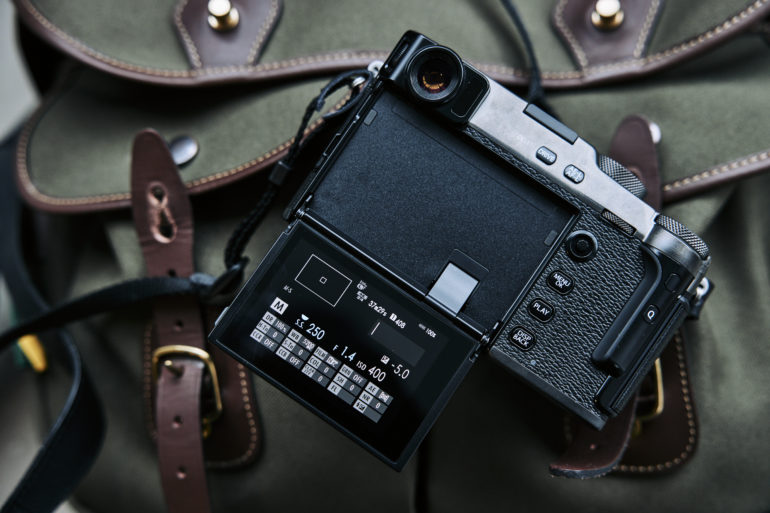I appreciate the idea of the Fujifilm X-Pro 3, but the company bottled it.
When Fujifilm first announced the X-Pro 3, it completely split the Fuji faithful. Many rejected the design, while others embraced it. That’s because Fujifilm made a rather bold move by hiding the LCD screen. Paying further homage to the analog camera, the X-Pro 3 was meant to be a hybrid between digital and film. The company was on the right path for making the perfect camera for street photography. I just wish it did it with more conviction.
Why I Like the X-Pro 3
The X-Pro 3 will appeal to two kinds of people. Those who love the build of an analog camera, but want the fluidity of digital. And those who spend far too much time reviewing their images on the LCD screen, instead of shooting more scenes. Personally speaking, I fall in both camps. I respect the build of film cameras, but I’m far too lazy to mess around with rolls of film and developing images. I’m also a bit of a chimper. A photographic narcissist who’s too quick to admire his own works of art (they’re works of art to me goddammit!)
I had tried several methods to reduce my chimping over the years. Disabling automatic playback was the obvious route to take, but even that wasn’t enough. It got to the point where I was sticking black wire tape over my screen just to stop me from constantly reviewing my shots.

So when rumors began to circulate that Fujfilm was about to drop a camera that removed the LCD screen, my excitement slowly started to peak. My interest in the concept had actually started a couple of years earlier when Leica dropped the M10-D. Unlike Fujifilm, Leica fully committed to the concept and removed the screen completely; there was no other option but to keep shooting. But, I’m committed to Fujifilm. I’m a fanboy, no doubt about it. The ergonomics, the image quality, and the fact they’re a lot cheaper than Leica meant there wasn’t a chance I was going to switch brands, especially just for a niche feature.
My Issue
But my problem with the X-Pro 3 and Fujifilm is the execution of the idea. The company dipped its toe in the water but refused to go for a swim in fear that it may drown. I get it. Fujifilm wanted to appeal to the analog shooter without alienating those that do not desire such a feature. But what happened to companies taking risks? Where has the energy gone to make a stance, and say this what we’re doing, you either like it or you don’t. I would have had more respect for Fujifilm if it went in 100% and took away the screen completely. This would have shown the determination to try and offer the world something different while making it affordable.

Now, when I look at the X-Pro 3, I no longer feel excitement but, instead, disappointment. What could have been innovation became a gimmick. Sure, when The Phoblographer tested the camera, it performed well, as you would expect with an X series system. But for me, the X-Pro 3 was never what it could do (although that’s important) but rather what it could be.
I honestly believe Fujfilm lost out on making, what in decades to come, would have easily been a classic camera. However, I fear that the X-Pro 3 will merely represent that time “Fujfilm kind of had a go at it,” and that’s a real shame.


